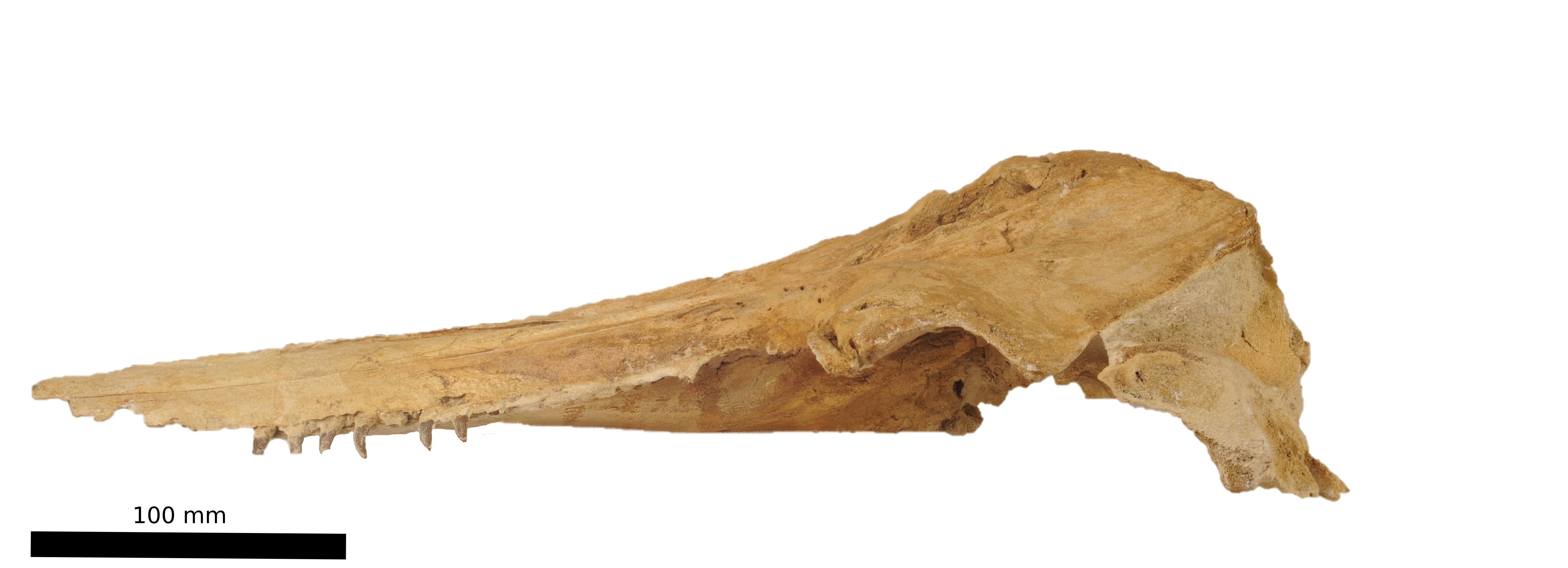
A paper published in the Journal of the Royal Society of New Zealand names the fossil Aureia rerehua.
Lead researcher Shane Meekin, who completed a master’s degree of science in the University of Otago geology department, said Aureia was found in 2003, in a quarry in the Hakataramea Valley.

"It had widely splayed teeth which were thought to have clasped around fish, like a wide basket, which is unusual because other ancient dolphins in the area usually used their teeth to strike prey.
"When looking at the teeth of dolphins, it’s natural to think the large teeth at the front and centre of the mouth would be the main tools for catching prey, stabbing or slashing unfortunate fish.
"This is how related dolphins did appear to hunt, but Aureia looks to have taken a totally different approach, using these teeth in a more delicate manner."
He said Aureia was small in size with a weak skull and flexible neck, making it capable of hunting in shallow waters.
The species was named using the Māori word "aurei", meaning cloak pins, which resemble its teeth, and "rerehua", meaning beautiful, "since it’s an exquisitely preserved specimen".
Mr Meekin said the discovery showed there were many fossil dolphins in one small area, which varied greatly in form.
"This shows that seemingly similar animals can coexist if they explore different ecological niches.
"It also further indicates that early prehistoric dolphins used many different feeding strategies to explore different niches, which is why so many different types of extinct dolphins have been retrieved from fossil localities such as Hakataramea Valley."












